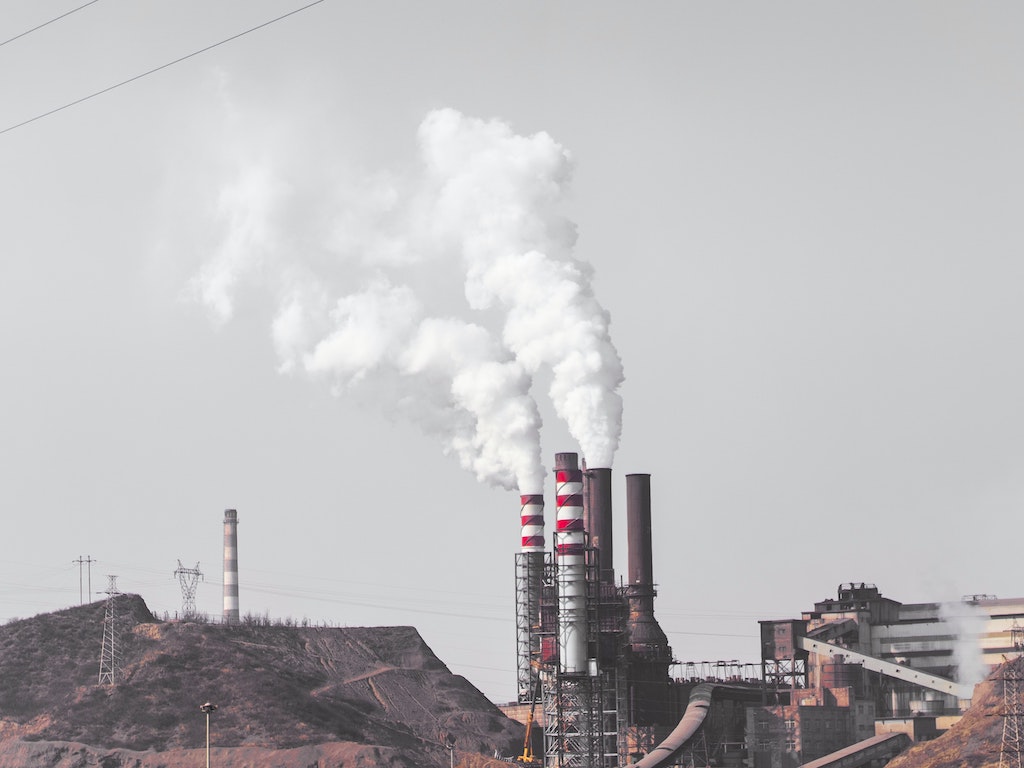4 Mins Read
By: Hannah Thomasy
Standardizing these corrections will help scientists understand ocean ecosystems.
Although many things about ancient animals’ lives remain a mystery, paleoecologists are able to find out a lot about food webs that existed thousands of years ago by studying the carbon isotopes present in the animals’ bones and teeth.
But humanity’s continual burning of fossil fuels has made this carbon isotope analysis tricky. By burning fossil fuels, said Washington Department of Fish and Wildlife marine biologist Casey Clark, humans are actually changing the isotopic signature of the atmosphere and, subsequently, of the oceans.
This human-induced change is called the Suess effect, named for physical chemist Hans Suess, who first noted this effect in work published in 1955. Scientists have to account for this effect if they want to accurately analyze ancient isotopes. But, said Clark, there isn’t necessarily a lot of agreement about the best way to perform this correction, and different techniques may be used in different subfields, which can make it difficult to compare results from different studies.
That’s why Clark and a team of researchers from the University of Alaska Fairbanks, the University of Washington, the University of Minnesota, and Idaho State University collaborated to create SuessR, a free, customizable tool that will allow researchers to easily and consistently perform region-specific corrections for the Suess effect. A paper introducing the new tool was published earlier this year in the journal Methods in Ecology and Evolution.
Eric Guiry, a biomolecular archaeologist at the University of Leicester, said this tool could make data analysis easier for many scientists. “What I think is interesting about the program is that it should be a user-friendly way of doing [the Suess correction], which has been a bit of an obstacle. I think that there’s a fairly steep learning curve if you want to do a more nuanced and accurate Suess correction for your data. So in the past a lot of people just kind of had a one-size-fits-all approach.… Doing something that’s more bespoke to your region and aware of the kinds of complications you should be incorporating—that takes quite a bit of effort and background knowledge, so this should help people get over that hurdle.”
Modern-Day Ecology
Clark explained that correcting for the Suess effect is becoming increasingly important in ecological research, in addition to paleoecological research, where it is more widely used. That’s because the magnitude of the Suess effect is growing exponentially over time. Although the change in the magnitude of the Suess effect might have been undetectably small for a 10-year data set collected in the 1970s, that’s no longer the case. Clark and the research team found measurable differences in the magnitude of the Suess effect when comparing data over a span of just 8 years in a recent data set.
Clark said that being able to properly correct for the Suess effect has major implications for how we understand what’s happening in our oceans today. For example, he said there has been a long-term decline in carbon isotope ratios in some marine systems, but there has been some disagreement about how those declines should be interpreted.
“One of the conclusions that’s been drawn, particularly for the Bering Sea and the North Pacific, is that a long-term decline in carbon isotope ratios is actually indicative of a decline in primary production,” he said. “Some people have said this is an indication that the ocean overall is becoming less productive around here. And that has huge implications—for how many salmon we can expect to see in the future and what will food webs’ structures look like and how much food will there be feeding these systems.”
However, upon reanalysis of these data sets, Clark said it seems that a substantial amount of this decline in carbon isotope ratios is actually due to the Suess effect and that primary productivity is likely not declining nearly as much as some have suggested. The Suess effect, therefore, is not just an abstract concept, but a key piece of our understanding as we try to answer important questions about conservation and food production.
Future Directions
Clark doesn’t see the present iteration of SuessR as the final version of the tool. Instead, he hopes it will become a project shared by the scientific community, with many people from all over the world contributing data and suggestions for improvement.
SuessR currently includes built-in corrections for four regions in the North Atlantic and North Pacific, but Clark wants to add more, as the Suess effect can vary somewhat across regions, especially across different latitudes.

This story originally appeared in AGU’s Eos Magazine and is republished here as part of Covering Climate Now, a global journalistic collaboration to strengthen coverage of the climate story.
Lead image courtesy of Unsplash.




